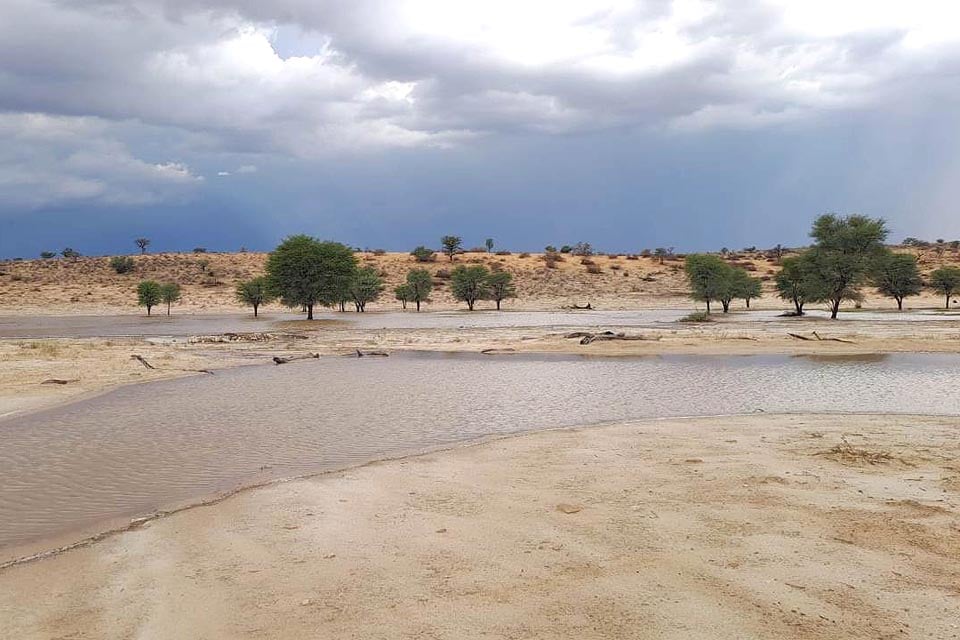Third time lucky. After mid-August and mid-September, fans of the Namibian night sky can experience yet another supermoon in mid-October. Supermoon number four will follow in mid-November.
But the third supermoon of this year is the biggest. This is because the moon will be even closer to the Earth than in the previous months and the coming month, at just under 357,200 kilometres. The exact date for the super full moon is 17 October.
The moon in October (times for Windhoek): New moon 2 October, first quarter 10 October, full moon 17 October, last quarter 24 October. Around new moon, when our satellite only appears as a narrow crescent, stars and planets can be observed particularly well.
Two planets in the morning, two in the evening
In the morning night sky, you can see Mars and Jupiter. Both planets are further away from the sun than the earth. Jupiter rises at around 11.15 p.m. and is in the west in the morning, while Mars does not rise until 1.25 a.m. and is still in the east.

Photo: Wikipedia
Early risers can also reward themselves with a view of the Southern Cross. Together with its two 'Pointer Stars', it appears before the sun in the south-eastern night sky.
In the evening sky, the planets Venus and Saturn accompany stargazers from sundowner to bedtime. Venus is already shining in the west during dusk and sets at around 21:25. Saturn is still in the east at sunset. It reaches its highest point at around 10.15 pm and says goodbye at around 4.30 am.
Mercury is again not visible at all in October. It is currently travelling behind the sun on its orbit and will not show itself to us again until November.
You can find out more about the starry sky in October in the Astro-News by Lutz von Dewitz in the news section on the website of the Namibia Scientific Society.
Sven-Eric Stender




.png?width=82&height=85&name=Navigate%20Namibia-03%20(1).png)
SUBMIT YOUR COMMENT